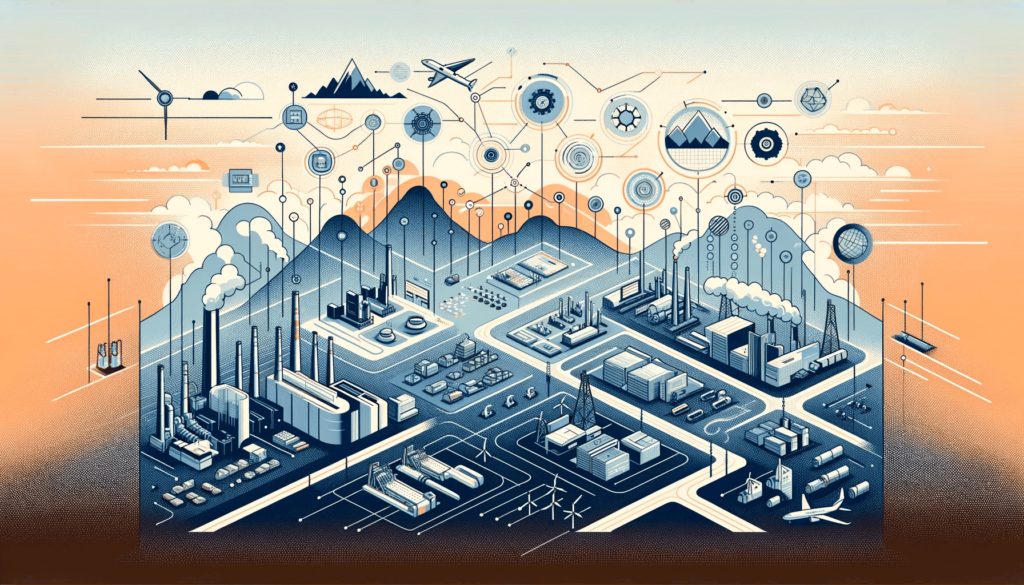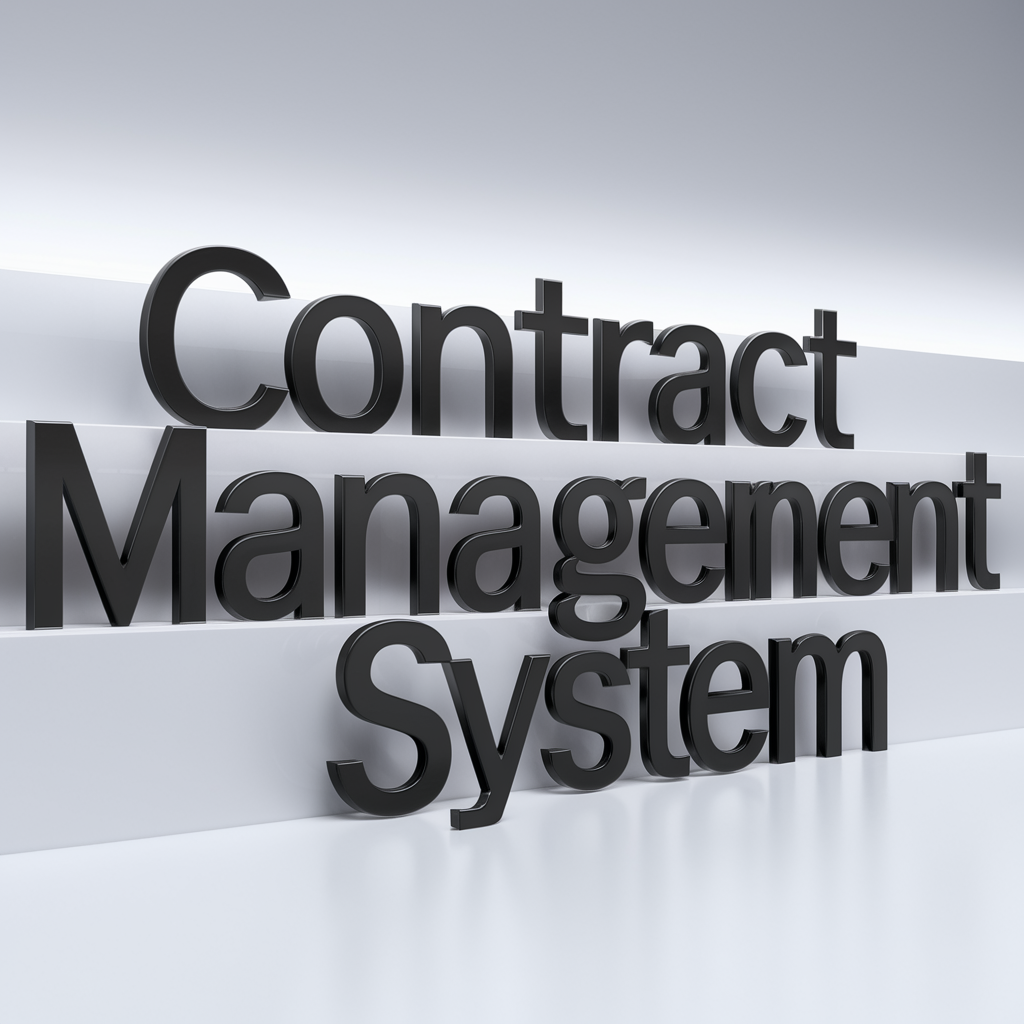Despite being relatively common, especially in large corporations, data siloes are dangerous, and they strongly limit a company’s ability to make data-driven decisions. To overcome data siloes, executives can harness the power of Supply Chain AI by implementing a strategic, advanced tool: the Supply Chain Control Tower.
Data silos are dangerous. Companies wanting to stay competitive in today’s data-centric scenario must understand this and have a clear strategy to overcome them as they optimize their supply chain management and gain access to precious insights. Supply Chain AI helps companies in their data management efforts to increase end-to-end visibility and improve data quality, accessibility, and management.
What are data silos?
Let’s start with the basics: what are data silos? A data silo is a repository of data controlled by one team or department inside a company and isolated from the rest of the organization. It is a set of data to which part of the company doesn’t have access. Data silos often are stored in a standalone system, incompatible with other data sets across the organization, making it very difficult for different teams, departments, and business units to access and use the data and sometimes even to know about its existence.
They typically occur in large and decentralized organizations or result from mergers and acquisitions. Despite being very frequent, data silos are problematic and must be resolved to ensure better supply chain visibility.
Why are data silos dangerous?
As described by TechCrunch, data silos hinder business operations and disrupt a company’s supply chain data analytics capabilities. If you see data as a resource, it is clear that preventing part of your organization from accessing this resource is a waste and a risk because it obstructs collaboration and alignment across departments and units.
Moreover, data silos strongly diminish supply chain management analytics capabilities and prevent it from fully leveraging the power of its data:
• Data silos create incomplete data sets. By negating access to some users, data silos make it impossible for businesses to make decisions based on all the available data.
• They create a lack of data sharing. With data locked in silos, insights that would be valuable are not shared across the company.
• They create inconsistency across data. Often, data silos aren’t consistent with other data sets, thus creating quality, accuracy, and integrity issues and increasing the risks of duplicated data.
• They pose serious cybersecurity risks. The organization should follow a shared data governance procedure to ensure data security and regulatory compliance. When this is lacking, data security and privacy risks increase and are more complicated to handle.
• It contributes to a silo mentality. Data silos contribute to organizational silos and create a problem of business mentality adverse to collaboration and the sharing of information.
The risks of low supply chain visibility
Siloed data leads to a lack of visibility into critical aspects of the supply chain, posing significant challenges for supply chain management. But is supply chain visibility really that important? The answer is yes.
Forbes defines supply chain visibility as the trackability or traceability of products and services across every step of the value chain. Especially in today’s global scenario, with competition at its peak and supply chain disruptions rising, having high visibility is essential to build supply chain resilience.
According to Reuters, end-to-end visibility is the technology that yields the best ROI in supply chain execution.
However, supply chain visibility remains one of the biggest challenges businesses face regarding supply chain management. Despite being widely recognized as vital, a study found that only 6% of companies globally report having complete visibility; 69% have only partial visibility, while the others don’t have visibility at all.
How to overcome data silos: the power of Supply Chain AI
The global supply chain management market size accounted for $25.74 billion in 2022 and is projected to grow at a CAGR of 10.9% and reach $72.1 billion by 2032; at the same time, the global supply chain management software market was valued at $19 billion in 2022 and is expected to grow at a CAGR 15.4% of to reach a value of $44.8 billion by 2028. (Source: CF)
With the growing interest in technology to offer supply chain solutions, one in particular is gaining the most attention. Artificial Intelligence is emerging as the key to addressing many supply chain challenges like data silos and opening up a new era of opportunities for companies.
Supply chain AI has a huge potential impact on the supply chain. Experts believe it can foster a shift from siloed, reactive supply chains to proactive, collaborative, and data-driven ones. With Supply Chain AI, companies can finally break down data silos, allowing full access to all data and opening up new, exciting opportunities.
How to Integrate AI in the Supply Chain: Control Towers
The hype around Supply Chain AI is gradually focusing on one specific trend: the supply chain control tower.
A control tower is a cloud-based supply chain solution using advanced technologies and AI for proactive management and enhanced supply chain visibility.
We talked extensively about the importance of supply chain visibility; by being able to integrate data from different sources, store them together, and perform advanced analytics while at the same time showing insights in personalized dashboards and providing easy data access at any time, supply chain control towers are the best available solution to ensure maximum visibility.
Let’s look at the three key functionalities that allow supply chain control towers to do so in more detail.
• End-to-end connectivity: supply chain control towers can work with data from different nodes, collecting and analyzing all available information.
• Analytical capabilities: Control towers have advanced analytics capabilities that open up exciting opportunities for supply chain managers, such as predictive analysis and scenario planning.
• Execution: the supply chain control tower works as an operative tool that can be shared and used by everyone involved in the supply chain, with personalized dashboards, making it easier to share insights and data, communicate, and make decisions.
Harness the true power of data with Tredence’s SCCT platform
The control tower answers low visibility, siloed data, and lack of collaboration across the company, providing all stakeholders with real-time visualization of all the supply chain nodes. The dashboard can be personalized with crucial insights and automated alerts to identify potential risks or problems and suggest solutions immediately.
The integration of Artificial Intelligence in the supply chain is no longer a theoretical prospect, and Supply Chain analytics is on the rise across companies worldwide in virtually every sector. An intelligent supply chain solution designed to enhance visibility and break down data siloes has a disruptive potential to reshape the industry – and to redefine the balance between competitors.
Businesses ready to embrace supply chain AI in their processes and understand the importance of investing in advanced technology will be best positioned among the competition and will be among the first to reap the benefits of greater visibility, efficiency, and innovation.
The era of siloed data and closed supply chains is over. This is the beginning of a new era where openness, collaboration, and dynamism will shape the future of the supply chain.






